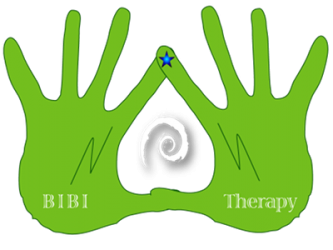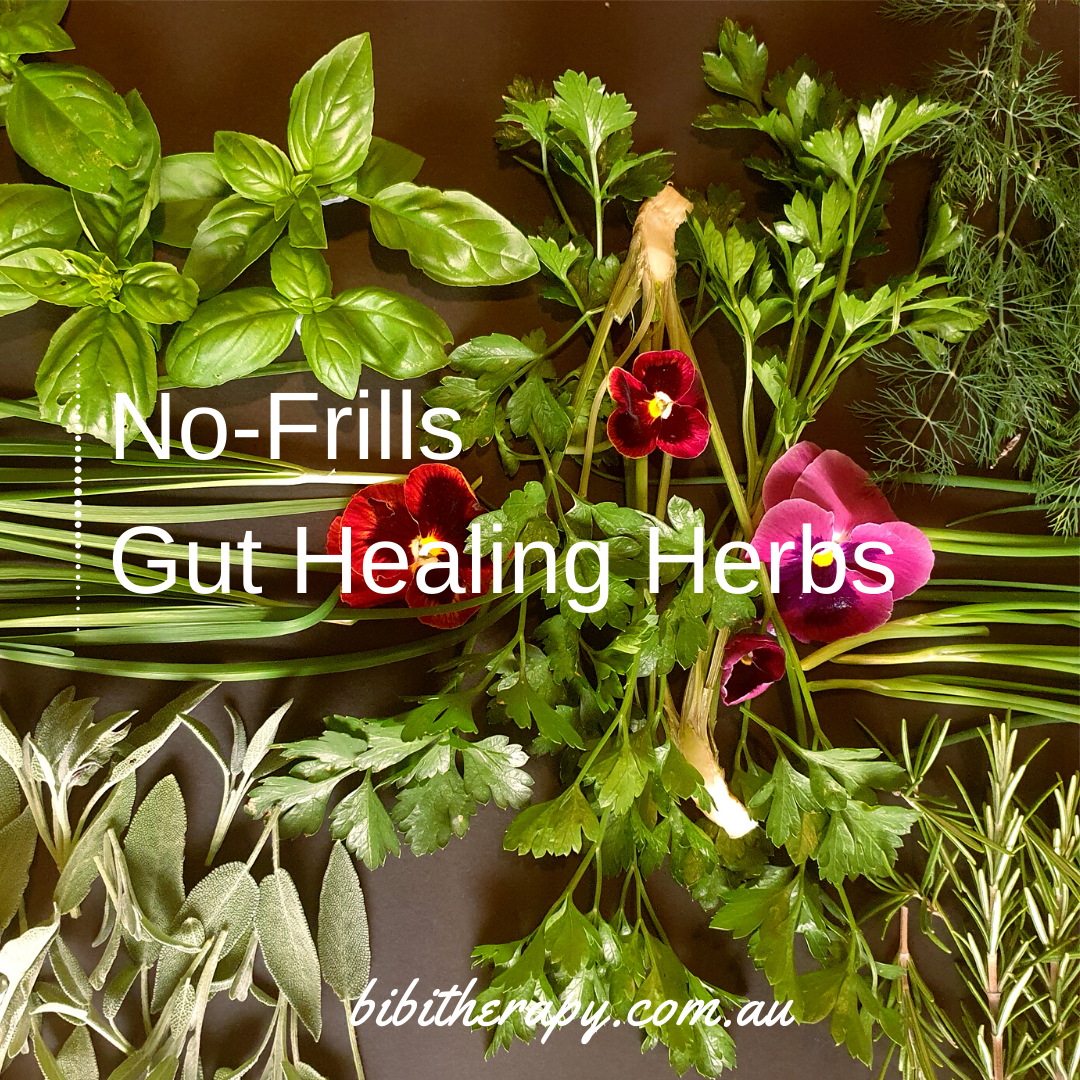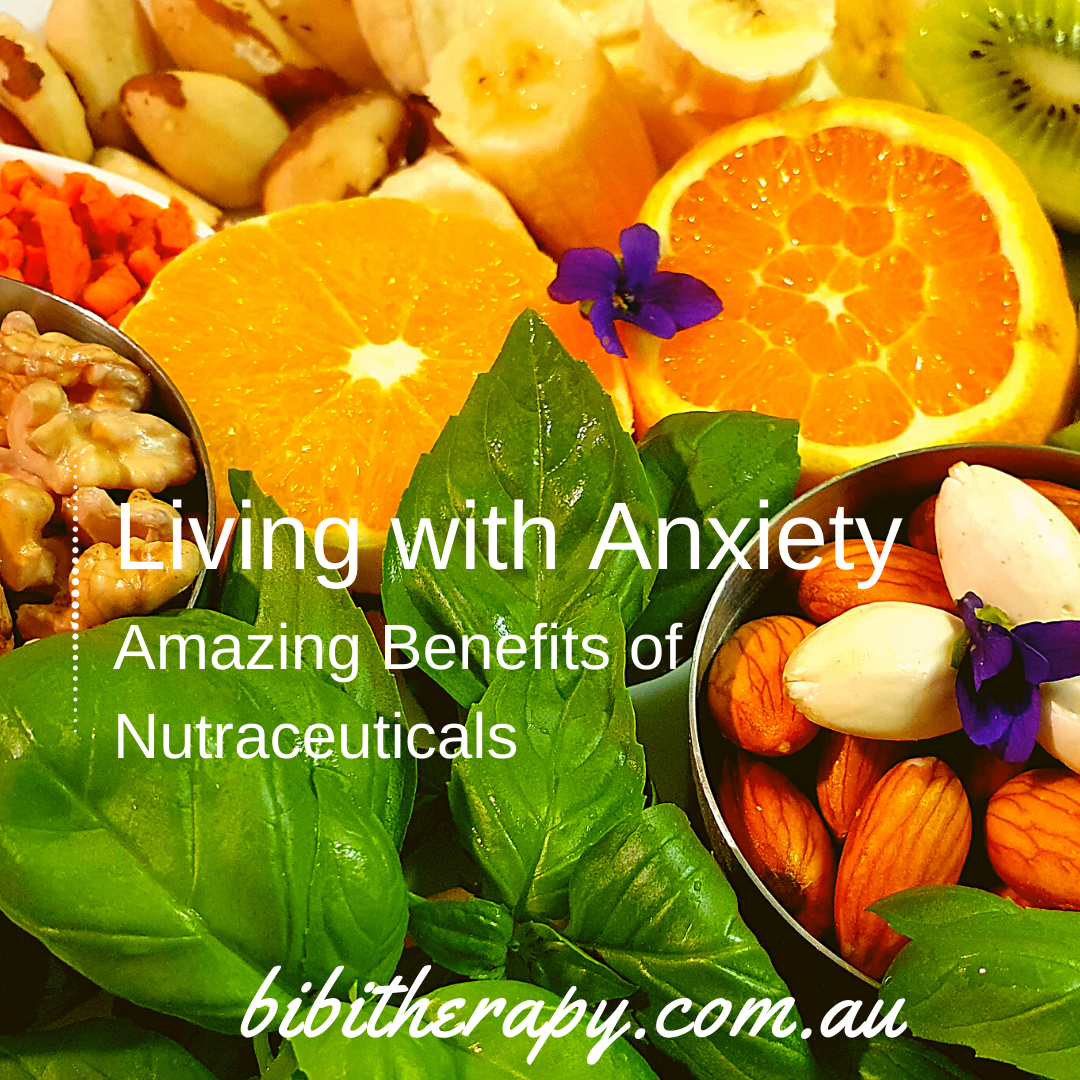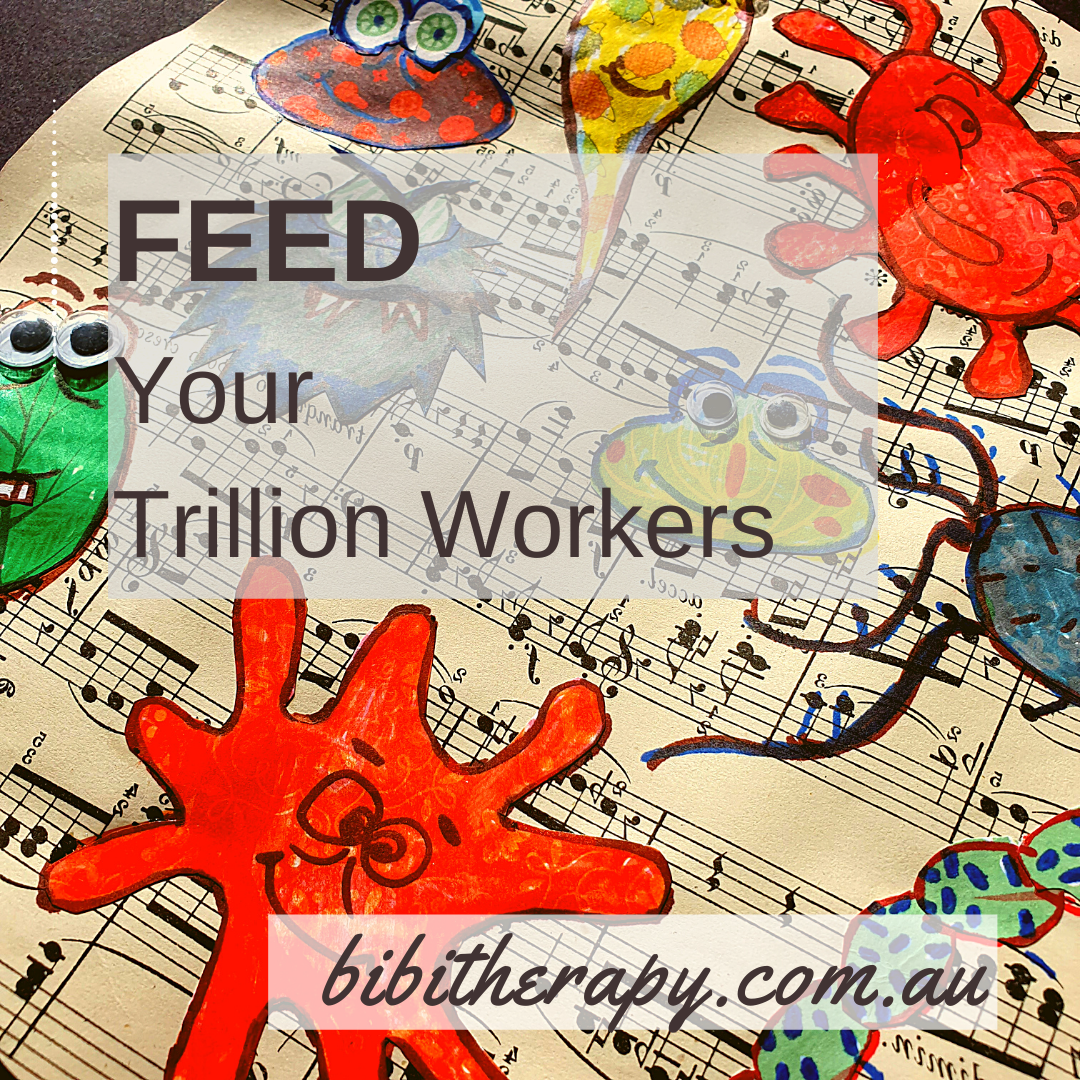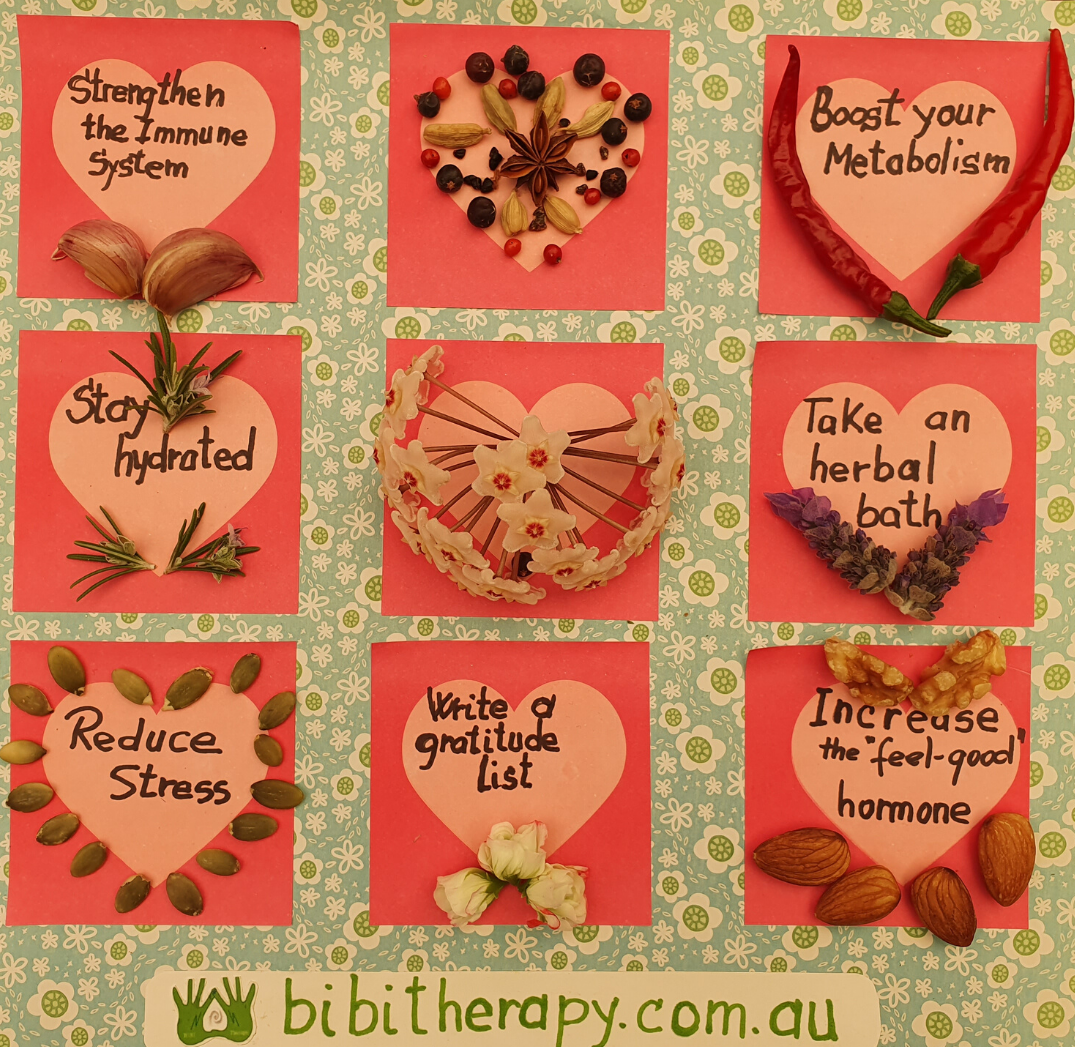It is well known now that we have more than one mechanism for making decisions: one is also known as our “gut feeling” (Soosalu and Oka, 2012). It is caused by the trillions of bacteria, living in the gut and constituting the microbiome. Feed the right bacteria and you are happy; else delve in a cycling circle of depression, anxiety and anger.
As with the Holiday season we surely indulged in a few experiences that may have disturbed the normal flora and require re-balancing of the gut microbiome.
The helpers are at hand in the form of herbs that we can use as flavour-boosters with magnificent support for the digestive health.
That is to say we can use these helpers to calm symptoms relating to the functional bowel problems such as constipation, diarrhoea, bloating, or stomach upset. The effect is double as fixing problems in the gut affects what’s happening in the brain, too. So let’ see how we can keep the digestive system in top condition this holiday season.
The following seven herbs have extraordinary gut healing properties. They are also super easy to grow in pots or in a small garden.
1. Parsley (Petroselinum crispum) is an important culinary herb and the most well-known digestive soother. It is highly prised in the Mediterranean cuisine for its natural detox qualities but also known in the folk medicine for the anti-inflammatory properties. Parsley has multiple benefits for the whole body; I will mention here those for which a scientific provision exists without doubts (Mahmood et al 2014) as it:
- Reverses signs of oxidative stress due to its anti-oxidant compounds (Dorman et al, 2011)
- Decreases bloating and helps in the support of bowel movements due to its high fibre content (Kreydiyyeh et al 2001);
- It reduces bad breath;
- Alleviates colic.
2. Basil is one of the oldest to mankind herb used in cooking along with rosemary, oregano and mint. There are over 35 different types of basil plants. It is praised not only for its pleasant aroma but also for its impressive list of nutrients. Among them is less known vitamin K, a fat soluble vitamin very important for bone health as well as for healthy cardiovascular function. Suffice to say that scientific studies have shown the following benefits:
- Hepatoprotector;
- Pain-reducer;
- Immune booster;
- Antibacterial against strains of E.coli.
3. Garlic Chives (Allium tuberosum) are also known as Chinese chives. They are used as seasoning and give a mild garlic flavour to dishes. If garlic is too strong to use in the salads or stir fries, garlic chives are the best option. Personally I found them very effective for bowel movement.
4. Sage (Salvia officinalis) plant is also known as the salvation plant as its medicinal and non –medicinal uses have been used for several thousands of years in almost all Mediterranean cultures as well as in the traditional Chinese and Ayurvedic medicine. Some of multiple benefits sage presents are:
- It helps improve mental capacities and acuity (Perry et al, 2003);
- It treats menopausal symptoms reducing the intensity of hot flushes (Bommer, et al, 2011);
- It balances cholesterol levels (Sa et al, 2009).
How to take sage
- Hot infusion tea made from fresh or dry herb;
- Cold infusion tea: soak overnight a handful of fresh sage leaves in a cup of lemon juice; enjoy it diluted during the next day;
- Salt enhancer;
- Bath bombs.
Since it is taken in the form of food sage does not have any restrictions, as it presents no toxicity. However, for pregnant or breastfeeding women this herb is not adequate due to a chemical that it deems to be unsafe in such conditions.
5. Rosemary (Rosmarinus officinalis), symbol of love, fidelity and loyalty has been connected with memory since ancient times. This plant is packed with anti-oxidants two of which are well-known for their anti-inflammatory and anti-rheumatic properties (Degner et al 2009). Other equally impressive health benefits include:
- Soothing heartburn;
- Easing intestinal gas and bloating as well as
- Improving the cognitive function.
How to use it:
- Use liberally when cooking meat but also vegetables
- Make a rosemary tonic salt
- Flavour a favourite beverage or cocktail; it goes well with citruses or cucumber.
6. Onion Chives (Allium schoenoprasum) are a nutrient dense food. They are used as seasoning and add onion flavour to dishes. They are packed with important nutrients and health-promoting compounds. However in order to benefit from their medicinal benefits a person needs to consume a large quantity, say a cup of chives.
7. Dill (Anethum graveolens) has a long and ancient history of being used in many countries. The many uses and benefits are mostly evidenced in the folk medicine. There are no significant clinical trials to cite for the benefits of this wonderful plant. Some of the most well-known are:
- Reduces flatulence;
- May help balance cholesterol; but current research is controversial.
Disclaimer: I am a qualified holistic wellness, herbalist aromatherapist and nutrition Diva, I am not a medical doctor or nurse and do not play one on the internet. Always check with a doctor or medical professional if a medical need arise
Sources
Bommer, S., Klein, P., & Suter, A. (2011). First time proof of sage’s tolerability and efficacy in menopausal women with hot flushes. Advances in therapy, 28(6), 490–500. https://doi.org/10.1007/s12325-011-0027-z
Degner, S. C., Papoutsis, A. J., Romagnolo, D. F., (2009), , Chapter 26:Health Benefits of Traditional Culinary and Medicinal Mediterranean Plants, pp: 541-562 in Complementary and Alternative Therapies and the Aging Population, Ed. Watson, R., Academic Press. https://www.sciencedirect.com/science/article/pii/B9780123742285000263
Dorman, H. J., Lantto, T. A., Raasmaja, A., & Hiltunen, R. (2011). Antioxidant, pro-oxidant and cytotoxic properties of parsley. Food & function, 2(6), 328–337. https://doi.org/10.1039/c1fo10027k
Kreydiyyeh, S. I., Usta, J., Kaouk, I., & Al-Sadi, R. (2001). The mechanism underlying the laxative properties of parsley extract. Phytomedicine : international journal of phytotherapy and phytopharmacology, 8(5), 382–388. https://doi.org/10.1078/0944-7113-00058
Mahmood, S., Hussain, S., & Malik, F. (2014). Critique of medicinal conspicuousness of Parsley(Petroselinum crispum): a culinary herb of Mediterranean region. Pakistan journal of pharmaceutical sciences, 27(1), 193–202.
Perry, N. S., Bollen, C., Perry, E. K., & Ballard, C. (2003). Salvia for dementia therapy: review of pharmacological activity and pilot tolerability clinical trial. Pharmacology, biochemistry, and behavior, 75(3), 651–659. https://doi.org/10.1016/s0091-3057(03)00108-4Sá, C. M., Ramos, A. A.,
